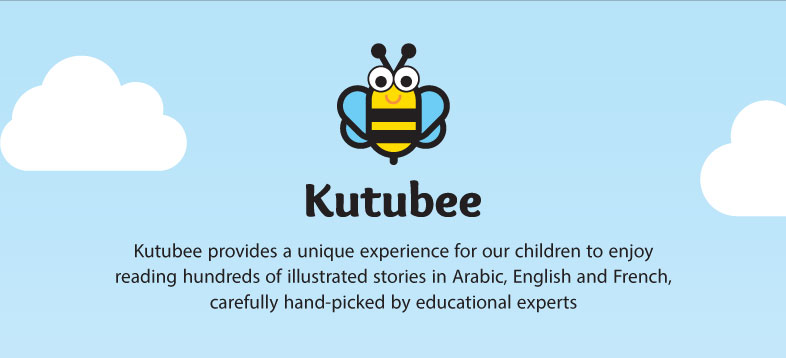Geography and Cultural Learning in Early Childhood: Children’s Literature
What do you think Geography is? Is it the study of maps? Or is it where you’re taught which water body is called what? While it is both those things, Geography is much more. It is the study and understanding of lands, seas, features, and even people and their interlinking cultures and relationships. Simplified, it is the study of a planet, with all its layers and aspects included.
Why teach Geography?
In various grades the student would be taught various things about the planet we live on and the planets around us. At a younger age the student would be introduced to the concept of the Globe, a place common to us all and the ways it exists. With increasing grades, students move up to exciting phenomena like weather, topography and culture. Here’s where Geography takes a turn into the social science that it is known as. And the understanding of the subject is important because it gives you a perspective! History gives us lessons to learn from, Physics gives us an understanding of why things happen, and Geography is what quantifies all of it. How big is the world, how does the weather change, how do the sea waves work, how are cultures different, what kind of food do people eat, all of these questions are answered by Geography.
Teaching Geography in early childhood
Clearly with such vast and varied concepts, Geography should be an advanced subject, right? Wrong! Geography gives us the understanding of the world we live in and who needs that the most? You guessed it! Young children. Learning about the world they live in, animals and environments and very importantly cultures.
Culture and its understanding in Geography
Like the way art is a form of expression for individuals, culture is the way a society expresses itself. Culture defines how the people live, what the people eat, and why they engage in the activities that they do. Since culture changes with regions it is often attributed to a region like topography or climate. Building this link and understanding in early childhood, ensures that the student builds on a fuller understanding of the world they live in.
Picture Books for Geography

How do you teach a child anything? By making it fun! And looking at beautiful pictures and drawings is definitely fun for the children, as is stimulating for their minds. Books although seem like a tool of the past, picture books are still as relevant in this time of technology. And here’s why:
Great to look at
Getting the obvious out of the way, picture books are great to look at! Majestic landscapes, interesting diagrams, visual cues to all ideas. They just add an entire dimension to the information in the book.
Easy to follow
The books with pictures tend to have a higher completion rate. You know why? Because they’re not intimidating. The illustrations and images can make the most complex ideas look like simple facts. This also helps the reader retain most of what they’ve read.
Interesting
Picture books are built to add interesting visual representations of ideas presented so they can clearly communicate the concept or the information. For example; it’s great to hear that Mount Everest is the tallest mountain in the world but a diagram comparing it with the world’s tallest buildings seems far more interesting, right?

KutuBee is an interactive platform built to achieve this for the young readers of the new generation. Containing more than 1,500 books KutuBee is set out to use the wonder of picture books with Technology. The books in languages such as English, Arabic and French enjoy a great young audience in the Middle East, especially so in urban regions of Dubai, Abu Dhabi and so on. The books are online renditions of the best of Arabic and International publishing. Bringing the delight of reading with imagination to the young generation.





Recent Comments